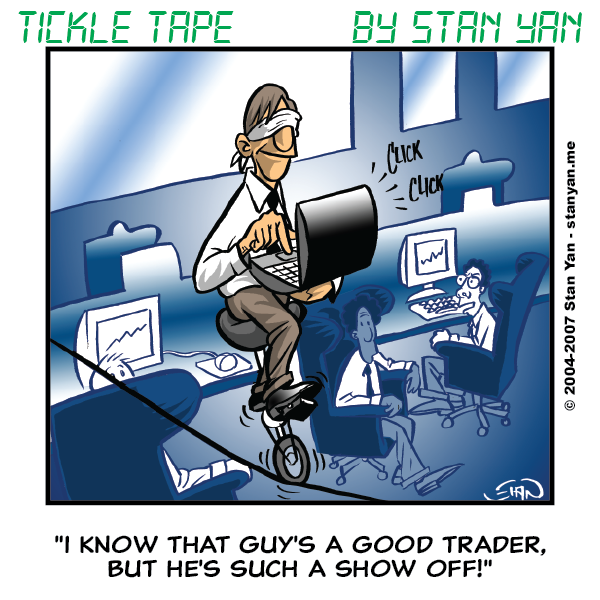What’s the optimal way to pick a stock? Should you use a top-down approach, where one evaluates the broader economic trend before considering an industry, and then, a specific stock? Or should you use a bottom-up approach, where one starts by looking at individual stock characteristics, before looking at the industry sector, and broader economic picture? Both strategies have their advantages, but the one you decide to use depends on your objectives.
In a top-down approach, the goal is to pick a stock that will outperform general economic trends. By looking at the general economic trend first, one can then determine which specific industries or sectors will outperform the general trend. Stocks that are attractive within that industry sector are then purchased. From a technical point of view, a top-down investor first analyzes the trend of the entire market, followed by the trend of the sector, and finally the trend of specific stocks.
A bottom-up approach is more like a treasure hunt. One looks at the stocks first, followed by the sector and then the market. A fundamental analyst might begin the hunt by sifting through hundreds, if not thousands of stocks, screening for candidates with a low P/E, high dividend rate or examine dozens of other available quantitative studies. A technical analyst will either scan an equally large number of charts for breakouts, breakdowns, pullbacks, snapback rallies, unusual volume activity, or hundreds of other technical studies.
So which approach is better, analyzing the macro picture first or taking a look at the individual stocks first? The answer isn’t clear-cut. It depends on your objectives and anticipated time in a trade. For short-term trading, however, a bottom-up approach is preferred. Here’s an example from the Philadelphia Semiconductor Index (SOX) to show the advantages of a bottom-up approach. The SOX is a price-weighted index composed of companies primarily involved in the design, distribution, manufacture, and sale of semiconductors.
The action of the semiconductor stocks often leads the Nasdaq, since activity in the semiconductor industry can have a relatively huge impact on Nasdaq companies. Since it leads the Nasdaq, it is more important to look at the SOX first in order to come up with trading ideas; that is, look from the bottom up. If you wait for confirmation of a strong Nasdaq, before buying a semiconductor stock, you will usually be late entering the trade, which increases risk and decreases profit potential.
Similarly, you should also look at individual component stocks of the SOX before looking for confirmation by a strong SOX. The semiconductor component stock in which you invest depends on its relative weighting in the SOX. For example, KLA-Tencor (KLAC) or Maxim Integrated Products (MXIM) are the heaviest weighted component stocks in the SOX (accounting for 21.3%) and tend to lead the index. Is it wise to wait for the SOX to confirm the strength of these individual stocks?
No. Since they lead the index, it doesn’t make sense to wait. These leading stocks have already made a major move. It might be a good idea to look for stocks in the sector that have not yet moved. The stocks that typically move last in a sector are those that are less important in overall weightings, such as Advanced Micro Devices (AMD) or LSI Logic (LSI), which have a combined weighting of just 4.72%. In the case of AMD and LSI, which might lag the performance of the SOX, one is likely to find profitable trades after the index has moved.
When trading in the short term, it is crucial to remember that timing is important. And since certain component stocks tend to lead any particular index, the bottom-up approach will help you identify the best opportunities.


